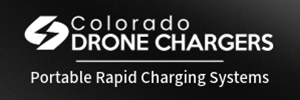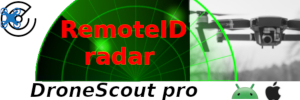Hello Pilots,
I have recently seen a post where somebody's drone just landed into a river/lake because the RC signal was lost and the drone was within no RTH distance.
I am wondering if should chose hover over RTH.
In a similar case I would have enough time (25mins?) to do something.
But let's assume that the RC signal is lost due to the distance. If my understanding is correct, the drone will try to com back to the home point once the battery in only enough to RTH. In the mean time, I could try to get closer and pick the signal up.
What is your settings?
Br,
Istvan
I have recently seen a post where somebody's drone just landed into a river/lake because the RC signal was lost and the drone was within no RTH distance.
I am wondering if should chose hover over RTH.
In a similar case I would have enough time (25mins?) to do something.
But let's assume that the RC signal is lost due to the distance. If my understanding is correct, the drone will try to com back to the home point once the battery in only enough to RTH. In the mean time, I could try to get closer and pick the signal up.
What is your settings?
Br,
Istvan









